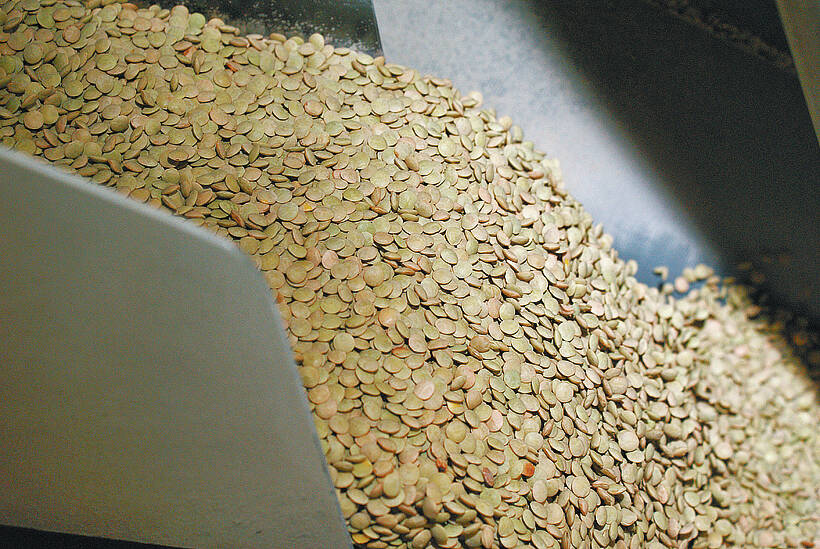DES MOINES, Iowa – There’s one thing most hog producers agreed on at the World Pork Expo: farmers in other countries have it easier.
European and American producers complained about low costs of production, cheap labour and weak environment laws in developing nations, factors many thought might doom their industries in the future.
But developing nation hog producers didn’t see their prospects as quite so glowing. As they walked the aisles of the World Pork Expo trade show, they frequently envied conditions that American, Canadian and European producers take for granted.
Read Also

Green lentil market oversupplied
Farmers in Western Canada can expect price pressure on their new crop of green lentils, as the available supplies among the world’s major lentil-growing nations increase significantly.
“We can’t export,” said Arthur Ong, a hog producer from the Philippines, who came to the show to look for new ventilation equipment.
“They don’t have to worry about that.”
The Philippines hog industry suffers from endemic classical swine fever and foot-and-mouth disease.
Ong said it will be nearly impossible to get rid of those diseases, meaning producers there are not able to ship to lucrative markets like Japan that make Canadian producers a lot of money.
“We are trying to eradicate FMD, but there are many backyard hog raisers, so it is very hard to implement,” said the 25 year old, who operates a two-site farrow-to-finish farm that produces about 96,000 slaughter hogs per year.
Mexican pharmaceutical company representative Humberto Gomez said Mexican producers face all the market volatility that plagues European and American producers. Waves of American pork roll across his country every time American hog prices drop.
Mexico’s industry has embraced free trade and is working hard to raise its production standards to American levels to ensure it can compete with its northern neighbour, Gomez said. Small Mexican farms have been pushed out of the business by the same factors that have hammered small and old facilities in Canada and the United States, and only those who have embraced new production methods and technology have survived. They’re thankful for today’s high prices.
“Those who have been strong enough to survive are now making profits,” said Gomez, who came to the expo to research new pharmaceutical products, techniques and ideas.
“This show is a good thermometer of how other countries are doing,” said Gomez.
Japanese veterinarian Yusak Watanabe said farmers who feel crowded by urban development in Europe and North America should be thankful they don’t live in a country like Japan, where the population density is much higher. It is the richest market in the world for pork sales, but it is an expensive place to produce pigs.
Watanabe said the Japanese industry produces 9.7 million slaughter hogs per year, but to find information about general industry developments Japanese producers often have to go outside the country.
“We don’t have a big show like this in Japan,” said Watanabe.
“It’s easy here to find something new.”















